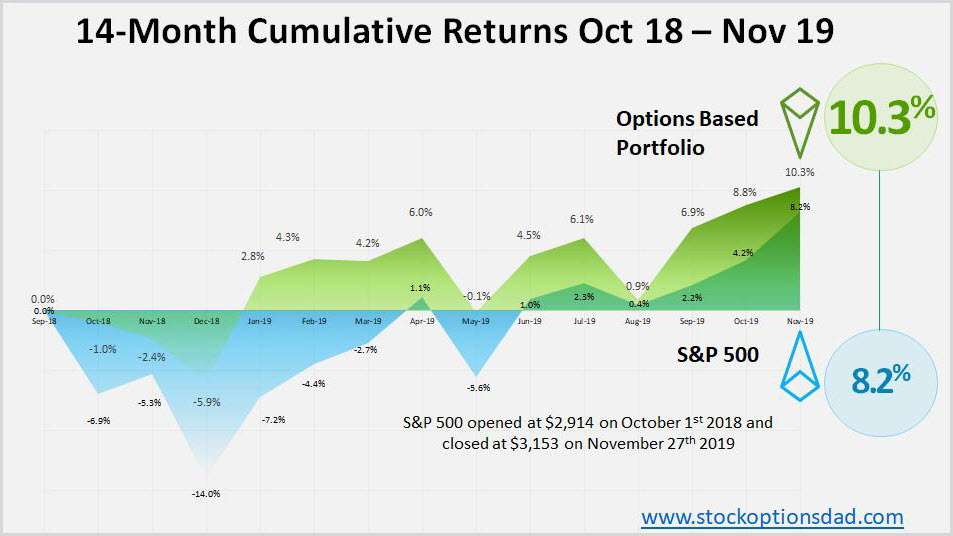The Coronavirus has become the black swan event that has materialized into worldwide hysteria. The spread of viruses globally has halted supply chains, commerce, retail, and specifically the travel and leisure sector. The Coronavirus has been the catalyst for the overall indices to drop double digits or ~13% over the course of roughly a one week period in late February. The coronavirus event induced extreme global market volatility that hasn't been seen since Q4 of 2018. This extreme volatility provided options traders with a vast landscape of stocks that possessed rich option premium pricing.
As volatility spikes and stocks sell-off, options traders can sell options and collect rich premium income in a high probability manner with a statistical edge and expected outcomes. Even better, options can be sold with defined risk while leveraging a minimal amount of capital to maximize return on investment (ROI). Whether you have a small account or a large account, a defined risk (put spread) strategy enables you to leverage a minimal amount of capital, which opens the door to trading virtually any stock on the market.
Volatility - Options Trading Edge
The Coronavirus injected volatility across the entire market throughout February and into early March. This volatility resulted in rich option premium pricing, which enabled options to be sold on a wide array of uncorrelated tickers that can be spread over various expiration dates.
Selling put spreads is a great way to leverage a minimal amount of capital while maximizing returns. A put spread is a type of options trade that risk-defines your trades and involves selling and buying an option. These types of trades maximize return on capital; often, a ~10% realized gain over the course of a month-long contract with an ~85% probability of success. The required capital is equal to the maximum loss, while the maximum gain is equal to the option premium income received. Continue reading "Capitalizing On The Coronavirus Induced Volatility"


